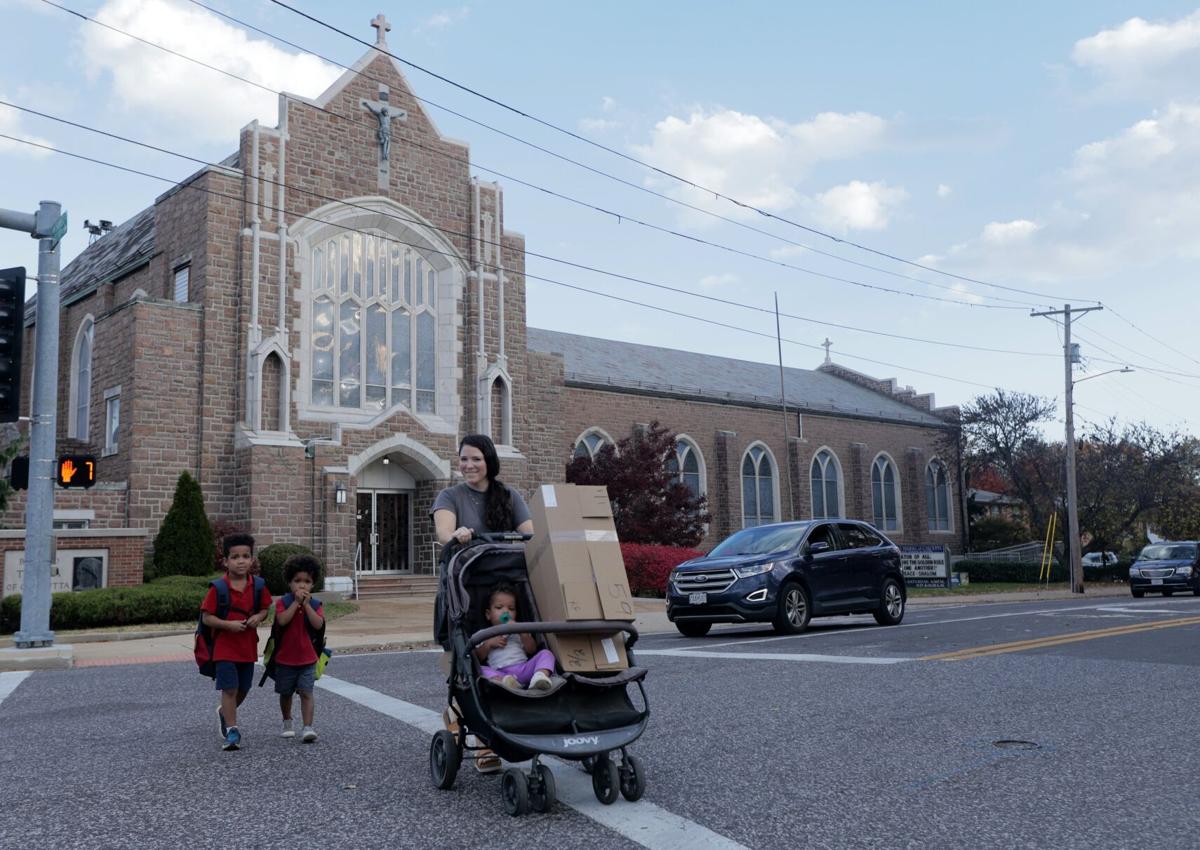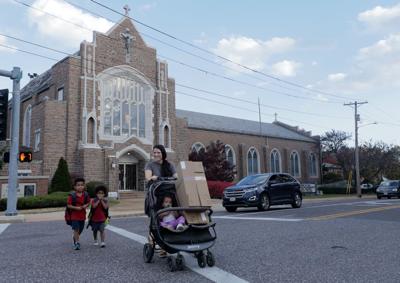SHREWSBURY — None of the 30 smallest Catholic grade schools in the Archdiocese of St. Louis have been slated for closure by their pastors, church leaders said Tuesday.
Pastors now must produce a three-year feasibility study by February for their schools as part of the “All Things New” downsizing plan for the archdiocese. The template for the feasibility reports includes goals for increasing enrollment and funding at each school while still supporting other parish ministries.
“Archbishop (Mitchell) Rozanski will review the feasibility reports and may suggest additional revisions or amendments. It is possible that some parishes may elect in February to reconsider their decisions to remain open,” according to a press release from the archdiocese.
Original blueprints for “All Things New” called for nearly half of the 82 grade schools to close or merge.
People are also reading…
The Catholic school system is financially unsustainable with too many buildings for not enough students, archdiocesan leaders have said. Enrollment across all buildings has fallen below 65% capacity, straining the ability of parishes to subsidize an average operating deficit of $600,000 each year.
“Our goal has always been to stabilize the school footprint and to create an educational model that is strong in Catholic identity, accessible, affordable and equitable,” said Lisa Shea, a spokeswoman for the archdiocese.
The school changes were postponed until after Rozanski’s decision in May to close 34 parishes and merge 15 others. That means there are schools at closed parishes, including Blessed Teresa of Calcutta in Ferguson with about 150 students. Blessed Teresa parish was absorbed by Sacred Heart in Florissant, where the school has 340 students.
Christ the King parish in University City also has two schools under its umbrella: Christ the King with 180 students along with St. Roch in St. Louis with 140 students.
More than half of the archdiocesan schools have fewer than 200 students, considered a benchmark for viability:
Two out of three desks are empty at St. Simon the Apostle school in south St. Louis County, which fell to 126 students last year.
The smallest school in the archdiocese is St. Joseph in Ste. Genevieve County with just 31 students last year and an operating deficit of nearly $200,000.
Little Flower in Richmond Heights has the smallest parochial school in St. Louis city or county with 89 students in kindergarten through eighth grade.
School parents and administrators said Tuesday that they do not expect every grade school to stay open in the same configuration for 2024-2025.
“I personally feel like this was all fake because they want to get families to re-register, they want to get teachers to sign on to stay, and then before anybody realizes it’s too late, they’re going to close these schools,” said one St. Louis County school director who requested anonymity.
Parish leaders from one-third of the grade schools met with archdiocesan officials this fall to discuss their schools’ enrollment and demographic trends, finances and proximity to other parish schools.
Pastors were given three choices: close the school, merge with another Catholic school, or stay open and produce a long-term plan to raise funds and attract more students.
The press release from the archdiocese said it will continue to financially support “viable” schools, but a spokeswoman said it is premature to speculate about future subsidies. Leaders at the vulnerable schools said they have been told their subsidies will decrease each year.
Catholic schools face the same headwinds as public and other private schools, mainly a longstanding decline in birth rates. Three parochial schools did not reopen this fall because of low enrollment: Good Shepherd in Hillsboro, St. Mark in south St. Louis County and St. Rose in Florissant.
There are now about 19,000 students — down from 40,000 in 2000 — in kindergarten through eighth grade across the archdiocese, which covers St. Louis and 10 counties in eastern Missouri.
“Everybody wants to stay open, but the demographics don’t work,” said Mike Oslance, a former Catholic school principal in the Belleville diocese. “There is no plan that can make up for the number of students versus revenue needed.”


















